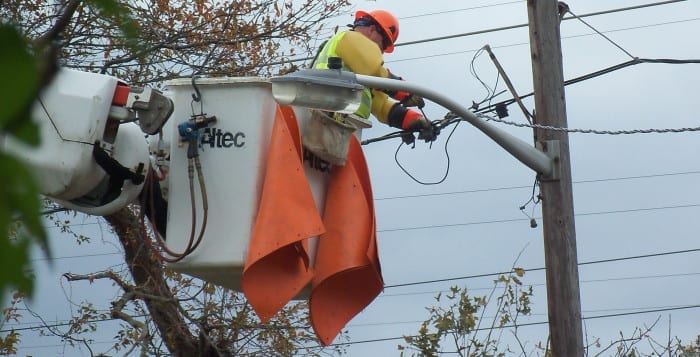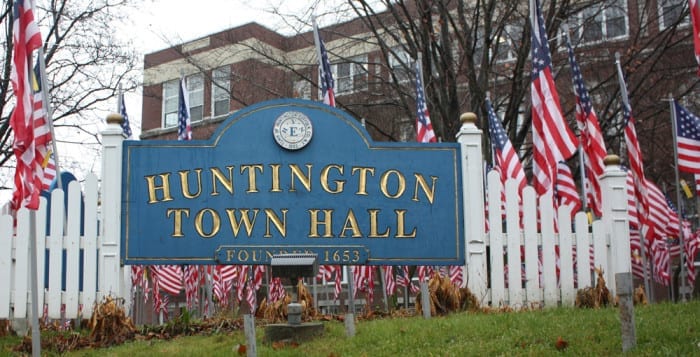Port Jefferson Village will study its own potential in hooking up the community to a backup energy grid, thanks to a $100,000 grant it won last week.
The governor recently announced that several dozen communities across New York, including Port Jefferson, were awarded grants through a New York State Energy Research and Development Authority competition to perform feasibility studies on building the backup grids, known as microgrids.
Microgrids are independent of the regional grid and rely on their own power-generating resources — and thus can keep communities going during power outages. According to the governor’s office, the grids “would integrate renewable power with other advanced energy technologies to create a cleaner, more affordable and more resilient localized energy grid for a limited number of users.”
Port Jefferson Village officials began exploring the idea earlier this year because the area has several critical community and emergency services packed into a small area, and those services cannot stop when an event like a hurricane or a snowstorm knocks out power.
“During a severe weather event such as we had with [hurricanes] Irene and Sandy, where the hospitals lost power and some of us lost power — some up to 14 days, [and the] hospitals were out eight to 10 days — those … patients that were on critical care services were put in harm’s way,” Mayor Margot Garant said during a previous village board meeting. “So basically if we have a microgrid during those severe weather systems … where the overall grid goes down, we flick a switch and keep our critical services online.”
The $100,000 the village won was in the first stage of grants through NYSERDA’s microgrid funding competition. After Port Jefferson works with consultants and local stakeholders, such as the fire department, over the coming months to research its project proposal from technical, operational and financial standpoints, it may apply for more funding to advance microgrid construction efforts.
In choosing which projects to award grants to, NYSERDA is using criteria such as the area’s level of vulnerability to outages, how a microgrid would improve community function and the possible effect on ratepayers.
“We have two major hospitals, a ferry, a railroad station, our own school district, a village hall, a wastewater treatment facility, a groundwater treatment facility, an ambulance company,” Garant said. “We have a lot of emergency services-related components within a very small radius.”
Port Jefferson is not the only local government working toward microgrid grant money. The Town of Brookhaven and the Town of Huntington were also awarded $100,000 grants to perform studies on their own proposed projects — Brookhaven Town, with help from Brookhaven National Laboratory, is seeking to put in a grid to support Town Hall as an emergency operations center and two nearby Sachem schools as emergency shelters; Huntington Town wants to build a backup grid for their own Town Hall, Huntington Hospital, the local wastewater treatment plant and community centers.
Between Nassau and Suffolk counties, NYSERDA awarded grants to 14 projects.
Power generation and distribution in the U.S. used to operate at a local level, but grids became more regional over time to make utilities more cost-effective and reliable, according to NYSERDA’s website.
“These systems are, however, vulnerable to outages that can impact large regions and thousands of businesses and citizens, particularly as a consequence of extreme, destructive weather events.”






